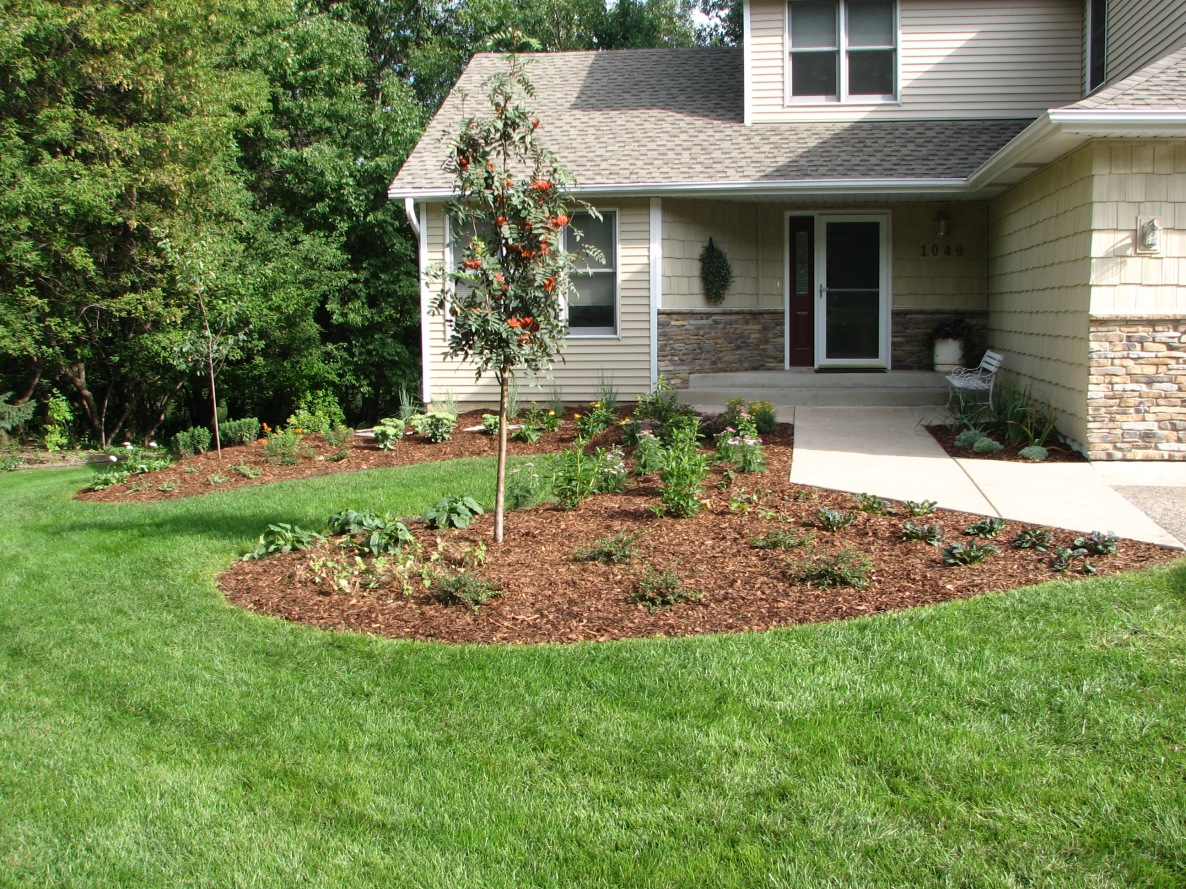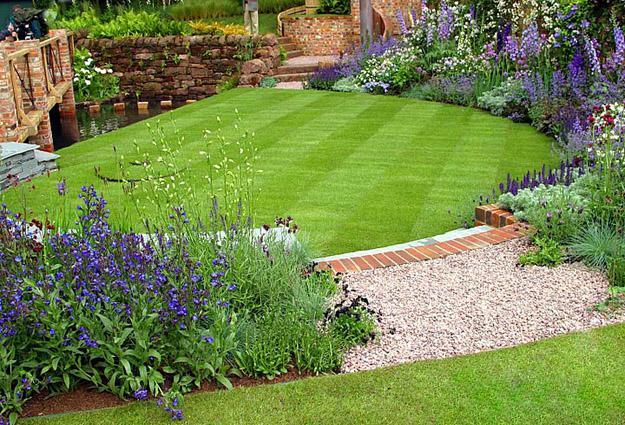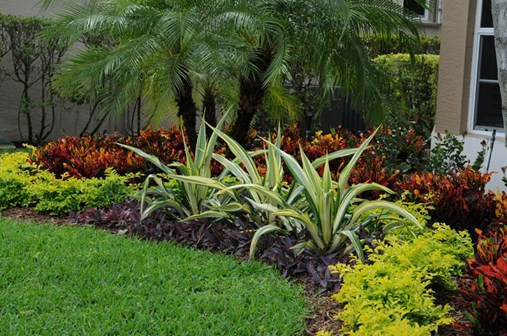Like most things in nature, the soil supporting your lawn (technically called turfgrass) must be in balance. In this case, the balance is a measure of pH or acidity. If your soil is too low on the pH scale, adding lime can help restore the balance and promote a healthier lawn. A quick understanding of the basics of pH, how to test your soil and when and how to apply lime are all you need to get started.
Why Use Lime?
Adding lime is the most common method of changing pH of the soil. Soil pH is a measure of a soil alkalinity or acidity. A pH of 7.0 is neutral. Anything below 7.0 is acidic, and anything above is alkaline. Most turf grasses grow best with a pH of 5.5 to 6.5. If a soil tests lower than 5.5, it likely will benefit from added lime.
Soils can be naturally acidic but can also be acidified over time by natural leaching, the use of some nitrogen fertilizers, excessive rainfall or irrigation, and acidic water sources. Low pH affects microbial activity in soil, making nutrients less available to grass and other plants. As a result, turf declines. Common symptoms of low pH include loss of color, reduced vigor and diminished ability to recover from heat and drought stress.
Types of Lime
The lime you apply to a lawn is limestone or chalk. The main component is calcium carbonate. There are several types of lime, and a good soil test should tell you which type of lime you need.
Lime with a high calcium content is referred to as calcitic lime and has the benefit of adding calcium to the soil. Some limestone contains a significant amount of magnesium and is referred to as dolomitic lime. Dolomitic lime adds magnesium to the soil and could be used if soil tests indicate a magnesium deficiency.
Most types of lime can be applied with a standard lawn spreader.

How to Test Your Soil
You can buy DIY soil test kits at garden centers and hardware stores. A good kit costs about $15 to $20 and tests for pH as well as nutrients, such as nitrogen and phosphorus. The accuracy of the results is difficult to predict, and the information may not tell you how much lime your lawn needs. For the same amount of money (and a little more time, perhaps 2 to 3 weeks), you can have your soil tested at a local extension service. Most university extensions test soil for about $10 to $20 and usually offer a much more detailed analysis of your soil’s composition and pH level.
Follow the extension’s instructions for gathering the soil sample. It’s usually best to gather multiple samples from each large lawn area and mix the samples for each area together before bagging it for testing. Be sure to let the tester know that you want to learn about liming your lawn Care. They will likely perform an SMP buffer test on your sample(s) to indicate how much lime to add.
When to Apply Lime
Lime can be applied to a lawn any time of year that soil isn’t frozen, but it is typically done during spring or fall. It’s best to apply lime after aerating the Lawn Service Brighton Township.
This aids absorption and allows some of the lime to reach deeper into the soil.






